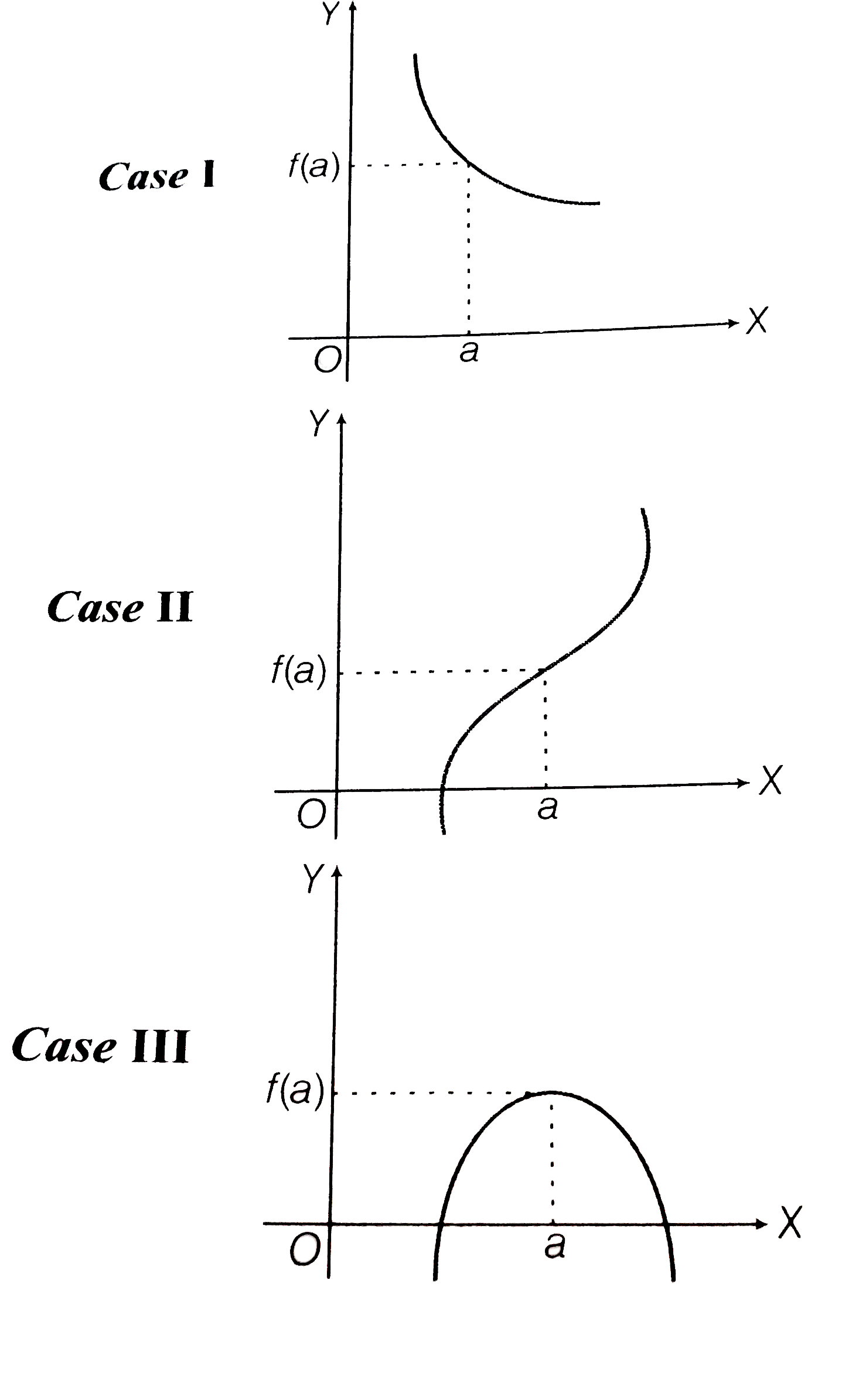Evaluate limn→∞n−n2[(n+20)(n+2−1)(n+2−2)...(n+2−n+1)]n.Solution in Punjabi
e
e2
e3
e4
The correct Answer is:B
Step by step video solution for Evaluate underset(ntooo)limn^(-n^(2))[(n+2^(0))(n+2^(-1))(n+2^(-2))...(n+2^(-n+1))]^(n). by Maths experts to help you in doubts & scoring excellent marks in Class 12 exams.
Updated on:21/07/2023Topper's Solved these Questions
- LIMITSBOOK - ARIHANT MATHSCHAPTER - LIMITSEXERCISE - Exercise (More Than One Correct Option Type Questions)
15 Videos
- LIMITSBOOK - ARIHANT MATHSCHAPTER - LIMITSEXERCISE - Exercise (Passage Based Questions)
10 Videos
- LIMITSBOOK - ARIHANT MATHSCHAPTER - LIMITSEXERCISE - SOLVED EXAMPLES
1 Videos
- INVERSE TRIGONOMETRIC FUNCTIONSBOOK - ARIHANT MATHSCHAPTER - INVERSE TRIGONOMETRIC FUNCTIONSEXERCISE - Exercise (Questions Asked In Previous 13 Years Exam)
8 Videos
- LOGARITHM AND THEIR PROPERTIESBOOK - ARIHANT MATHSCHAPTER - LOGARITHM AND THEIR PROPERTIESEXERCISE - Exercise (Questions Asked In Previous 13 Years Exam)
4 Videos
Similar Questions
If limx→∞4x(π4−tan−1(x+1x+2))=y2+4y+5 then y can be equal to
View SolutionIf limx→af(x)=1 and limx→ag(x)=∞ then limx→a{f(x)}g(x)=elimx→a(f(x)−1)g(x)
limx→0(sinxx)sinxx−sinx is equal to
View SolutionTo evaluate limx→a[f(x)], we must analyse the f(x) in right hand neighbourhood as well as in left hand neighbourhood of x=a. E.g. In case of continuous function, we may come across followign cases.


Iff(a) is an integer, the limit will exist in Case III and Case IV but not in Case I and Case II. If f(a) is not an integer, the limit exists in all the cases. ltbgt If f'(1)=−3 and limx→1[f(x)−12] does not exist, (where [.] denotes the greatest integer function), then
View SolutionIf α=3sin−1(611andβ=3cos−1(49), where the inverse trigonometric functions take only the principal values, then the correct options (s) is (are)
View SolutionIn Which quadrant Point (−2,−3) will be lie.
View Solutionlimn→∞(n2−n+1n2−n−1)n(n−1) is equal to
View SolutionThe value of
limn→∞[nn2+12+nn2+22+………….+nn2+n2], is
View Solutionमान ज्ञात कीजिए-
limn→∞[1⋅2+2⋅3+...+n⋅(n+1)n3] limn→∞[1⋅2+2⋅3+...+n⋅(n+1)n3]
View SolutionEvalute : limn→∞[nn2+12+nn2+22+........+12n].
View SolutionProve that,
limn→∞[nn2+n+1n2+n+2n2+.......+2nn2]=32
View SolutionEvaluate :
limn→∞[((1+12n2))(1+22n2)(1+32n2)…(1+n2n2)]1n
View Solution(n0)+2(n1)+22(n2)+...+2n(nn) का मान होगा
View Solutionlimn→∞n[1(n+1)(n+2)+1(n+2)(n+4)+...+16n2] समान होगा
View SolutionLtn→∞[11+n2+21+n2+.............+n1+n2]
View SolutionLtn→∞[11−n2+21−n2+.......+n1−n2]=
View SolutionLtn→∞{n+1n2+12+n+2n2+22+.......+1n}
View Solution
